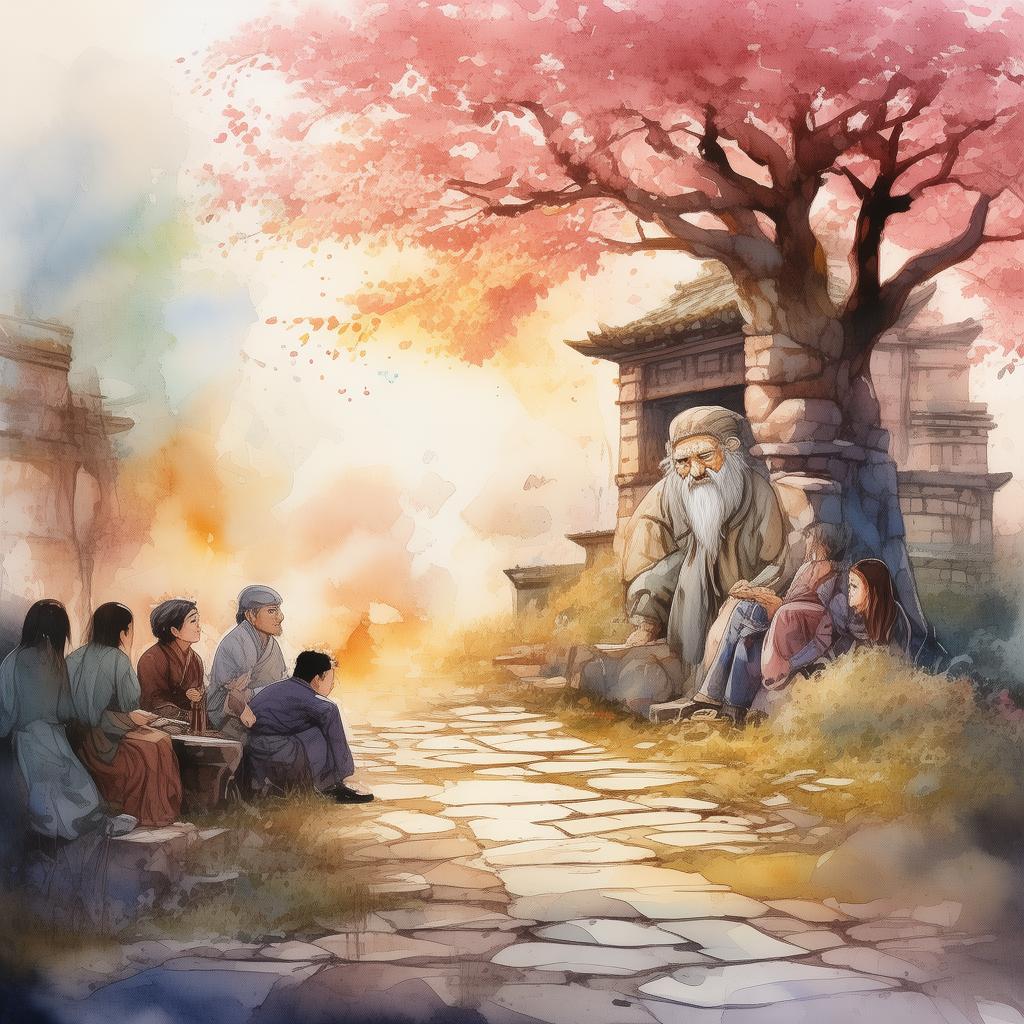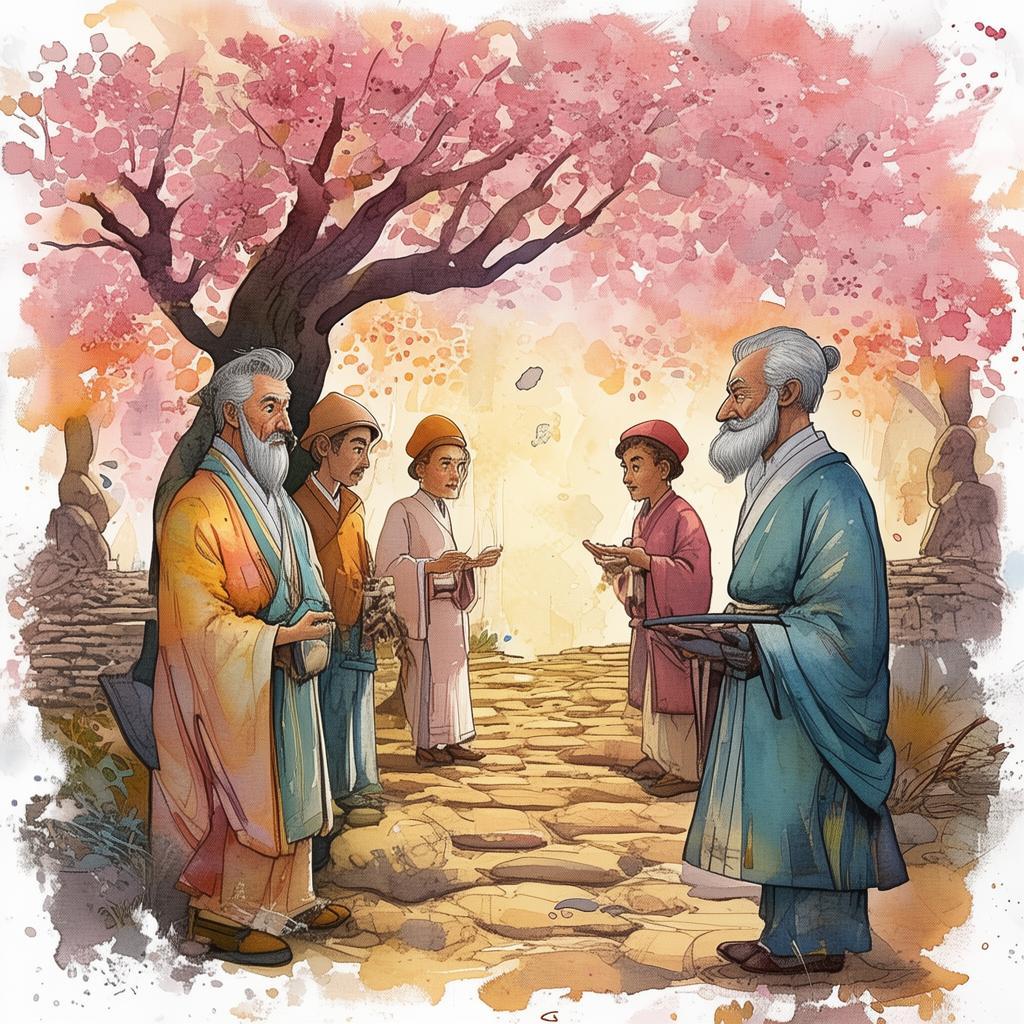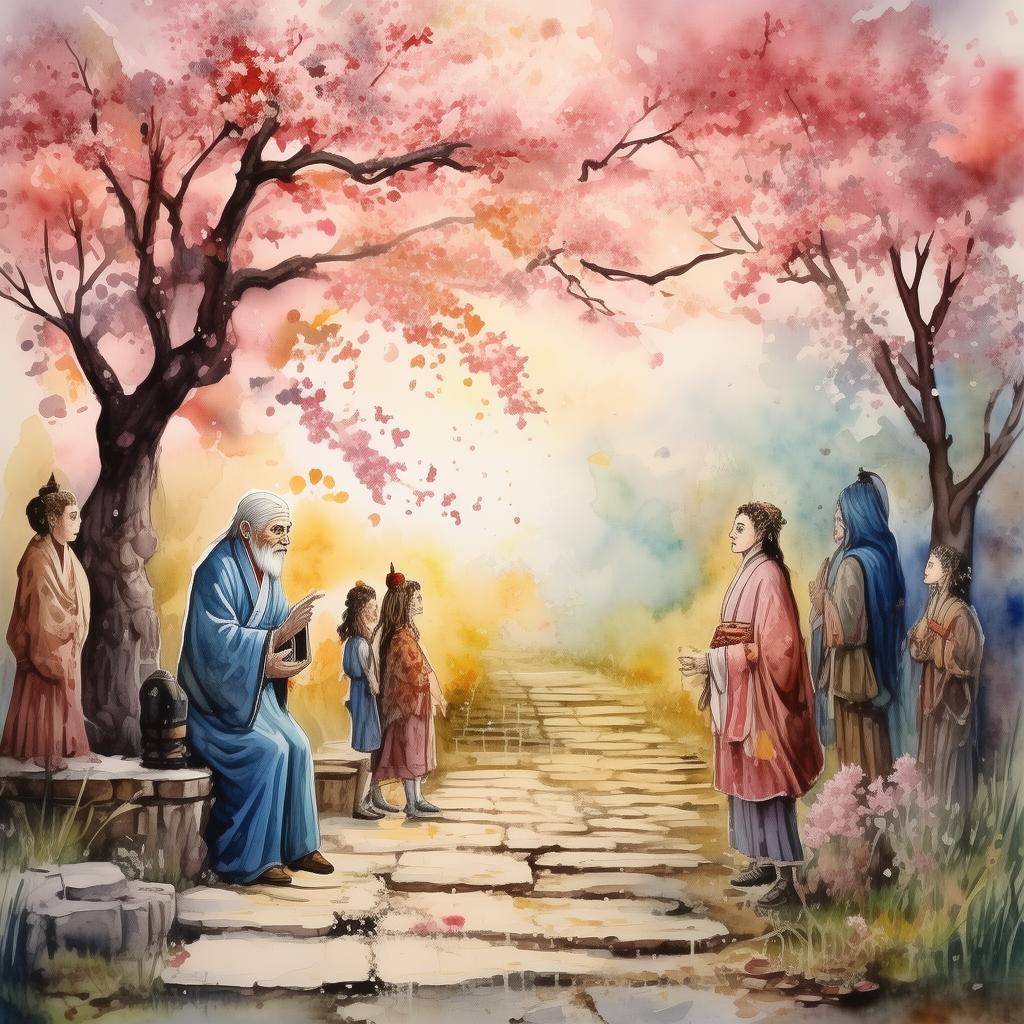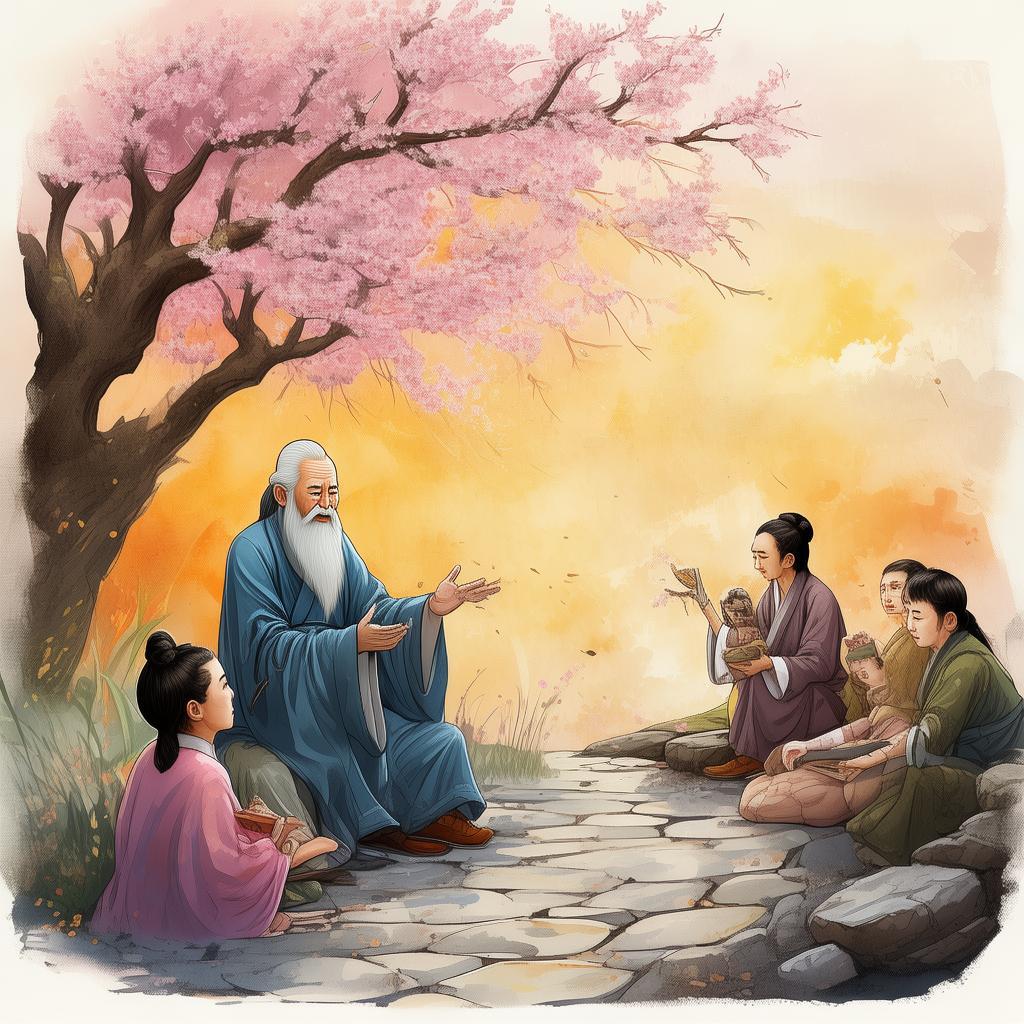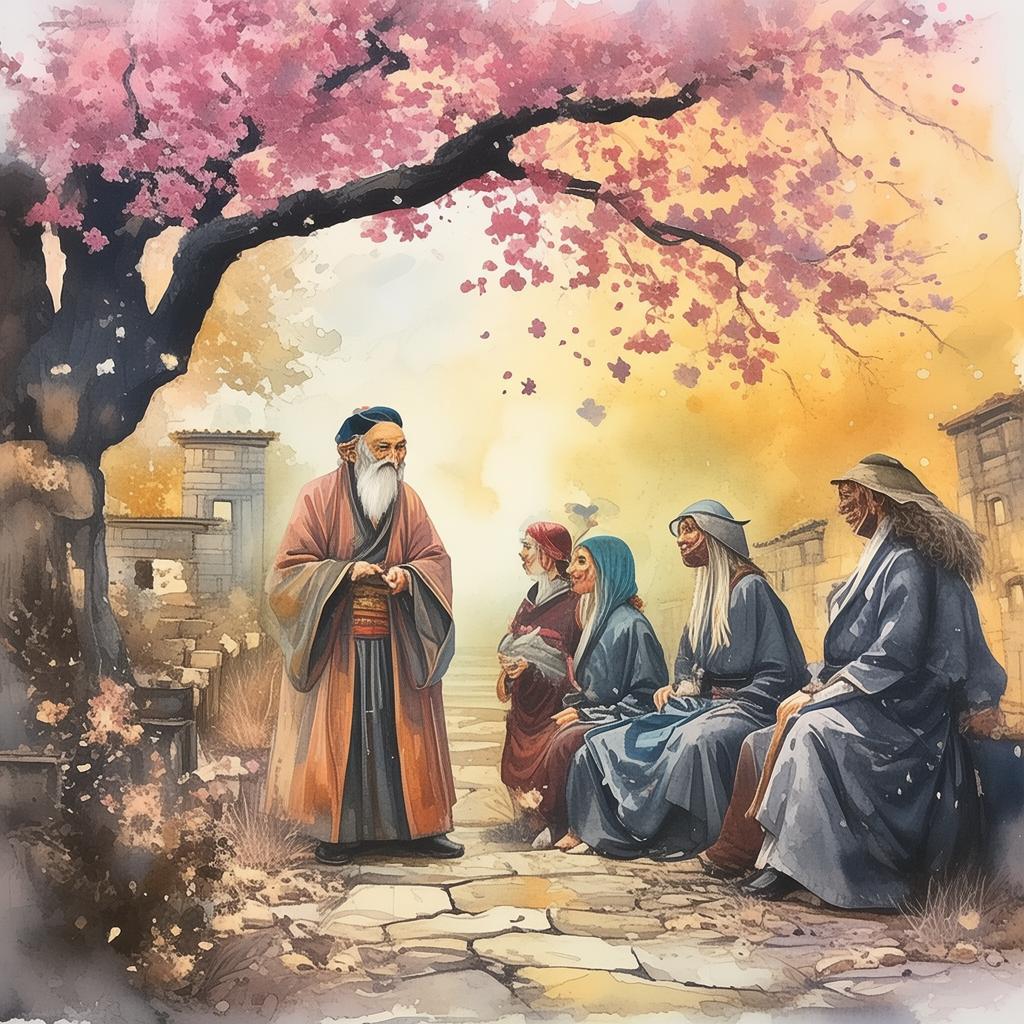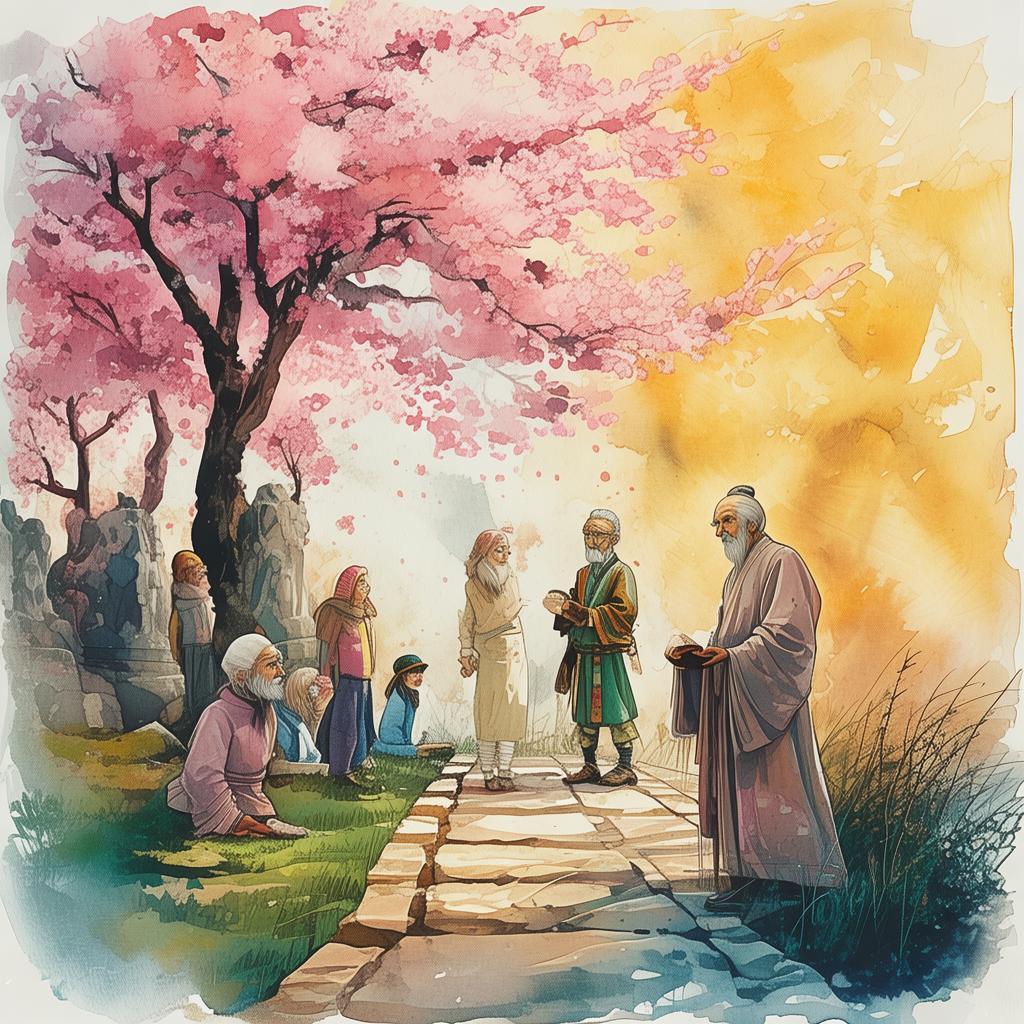The Three Luminous Paths: A Quest for Enlightenment
In the heart of ancient, forgotten lands, there lay a labyrinth so intricate that it was said to be the very essence of the world's mysteries. This labyrinth was known as the "Labyrinthine Odyssey," and it was said that those who could navigate its depths would find enlightenment.
Amidst the whispers of sages and the echoes of the ages, a young seeker named Ming heard of the labyrinth and its promise. He was a man of profound curiosity and a burning desire to understand the nature of existence. Ming knew that the journey would be fraught with peril, but he was undeterred.
As Ming set out on his quest, he encountered the first path, known as the Path of the Mind. This path was shrouded in shadows, and it beckoned Ming with the promise of clarity and insight. But as he ventured deeper, he found that the path was filled with illusions and delusions, designed to confuse and ensnare the unwary. Ming had to confront his own biases and preconceptions, and he learned that enlightenment was not a destination but a continuous journey of self-discovery.
The second path, the Path of the Heart, was a place of light and beauty. Here, Ming encountered beings of pure light, who spoke of love and compassion. But he soon realized that this path was not without its dangers. The light was a seductive siren, promising eternal peace but lulling the seeker into a false sense of complacency. Ming learned that true enlightenment required balance, and that the heart must be as strong as the mind.
The final path, the Path of the Spirit, was a silent void, a place where the seeker must confront the ultimate question of existence. Ming found himself in a room of infinite darkness, with no guide and no light. It was here that he truly faced his fears and doubts. He realized that the path of the spirit was not about finding answers, but about embracing the unknown and accepting the mystery of life.
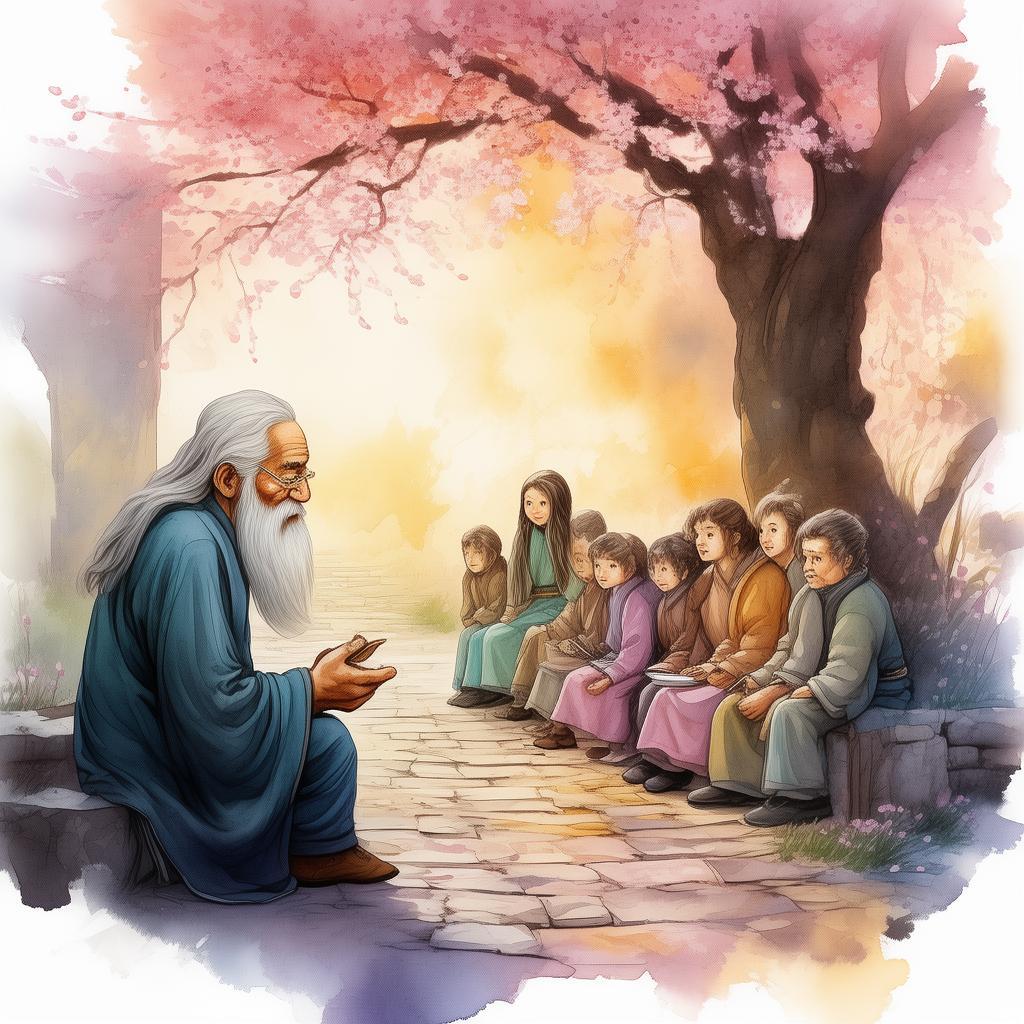
As Ming stood in the void, he felt a profound shift within himself. He understood that the three paths were not separate, but rather interconnected. Each path offered a different perspective, a different lesson, and together they formed the complete picture of enlightenment.
With newfound wisdom, Ming emerged from the labyrinth, not as a conqueror, but as a humble seeker. He realized that the true journey was not about reaching a destination, but about the journey itself. The labyrinth had been a mirror, reflecting Ming's own inner landscape, and through this reflection, he had found enlightenment.
The tale of Ming's journey spread far and wide, inspiring many to seek their own paths to enlightenment. And so, the Labyrinthine Odyssey continued, a timeless journey that beckoned all who dared to answer its call.
In the end, Ming's story became a parable, a reminder that enlightenment is not a destination but a continuous process of self-discovery. It is a journey that each of us must take, navigating the paths of mind, heart, and spirit, until we find the light within ourselves.
✨ Original Statement ✨
All articles published on this website (including but not limited to text, images, videos, and other content) are original or authorized for reposting and are protected by relevant laws. Without the explicit written permission of this website, no individual or organization may copy, modify, repost, or use the content for commercial purposes.
If you need to quote or cooperate, please contact this site for authorization. We reserve the right to pursue legal responsibility for any unauthorized use.
Hereby declared.
